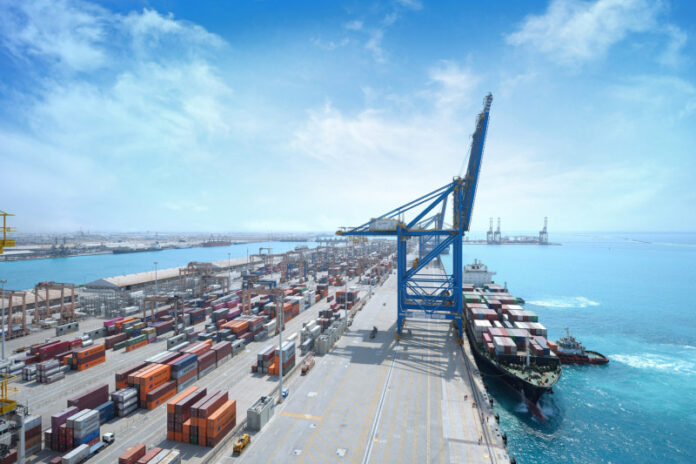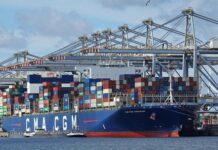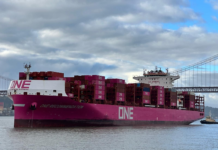
The Trump administration’s August expiration dates for current tariff levels on many countries are rapidly approaching with little progress in trade negotiations in the last couple weeks and escalating US tensions with Mexico and the European Union.
That the US reportedly intends to apply higher tariffs on transhipped goods from many countries – taking aim at the current level of China’s contributions to finished goods exported by other nations – may be another factor complicating trade talks.
The window to ship containers that will arrive before August – even with the early July extension of the tariff expiration to August 1st – is now closed. In a recent conversation with Freightos, Steve Nguyen, Vice Director at forwarder Ring Vietnam, remarked that “demand out of Vietnam had been strong in April and May but rates and space availability had started to ease by mid-June by which point a majority of frontloading had already taken place.”
And most signs likewise indicate that this year’s transpacific ocean peak season overall was early, brief, and muted by frontloading earlier in the year by some shippers and by a wait and see approach being taken by others. Robert Khachatryan, CEO of forwarder FreightRight, shared that this paralysis may be particularly true for “small and mid-size importers who can’t easily absorb 25% to 40% tariff hikes.”
These factors mean that June saw the peak season high for ocean bookings out of the Far East, and that July will be the peak for container arrivals to the US.
Ocean rates reflect these trends as well. Mid-month July transpacific GRIs planned by many carriers did not materialize as demand eased since late June. Transpacific spot rates to the West Coast are down 60% from the US$6,000/FEU high reached in mid-June to an average of US$2,325/FEU last week. This rate level is about even with West Coast prices maintained in April and early May when US tariffs of 145% on Chinese goods triggered a sharp drop in demand, and are 70% lower than a year ago.
The latest daily rates to the East Coast of about US$4,100/FEU are 40% lower than their US$7,100/FEU June peak. This price is still 20% higher than in April, but 57% lower than last July. Carriers are announcing significant blanked sailings for the remainder of July and for August in hopes of stabilizing sliding rates.
For Asia – Europe ocean trade, peak season demand has pushed rates up more than 50% since May to an average of US$3,572/FEU last week. But even with strong demand and persistent congestion at several major European ports causing carriers to omit port calls in places like Antwerp, these rates are 60% lower than a year ago when Red Sea diversion drains on capacity were attributed with putting strong upward pressure on rates.
Asia – Mediterranean prices of US$3,568/FEU are up 20% since May on peak season demand, but have already come down by 25% from a high in mid-June – likely another indication of growing overcapacity in the market, even as Red Sea diversions continue.
This rate slide puts prices to the Mediterranean, which are typically higher than Asia – Europe rates, on par with prices to Europe for the first time since January. Some carriers will nonetheless introduce Asia – Europe PSSs in August, possibly hoping capacity reductions will help rates rebound.
In air cargo, the recent weeks following the US reciprocal tariff deadline extension haven’t seen any surge in demand or much upward pressure on inbound US cargo rates from countries granted more time for trade talks. Likewise, as the August 12th expiration of the current US tariffs on China nears, China-US air cargo trends have stayed level as well.
Compared to rate levels just before the July 9th tariff deadline, Freightos Air Index air cargo rates from South East Asia to the US have remained stable at US$4.84/kg. China-US prices have dipped 7% to US$5.17/kg, rates out of South Asia are down 4% to US$4.55/kg and transatlantic prices are down 2% to US$1.77/kg.
This rate stability suggests there hasn’t been a major push to move goods by air before the deadline yet. And though it is possible there will be some bump as August approaches, it seems that, overall, shippers aren’t frontloading ahead of the August 1st deadline either in expectations that trade deals will materialize, anticipation that further extensions could be granted, or as a result of a lot of frontloading already executed during the 90-day pauses.
Written by: Judah Levine, Head of Research, Freightos Group





